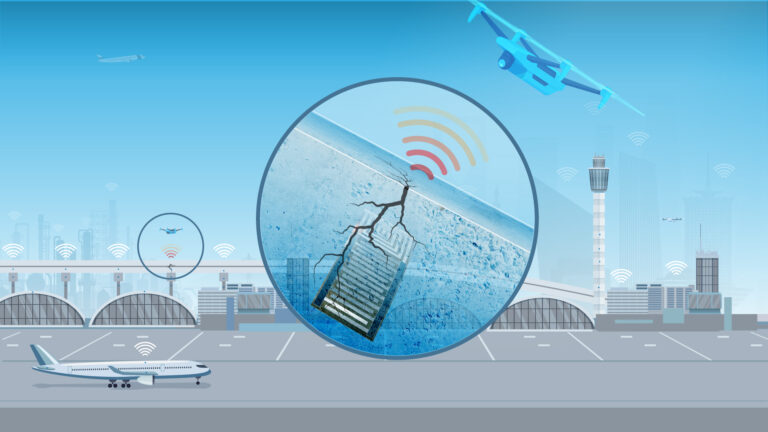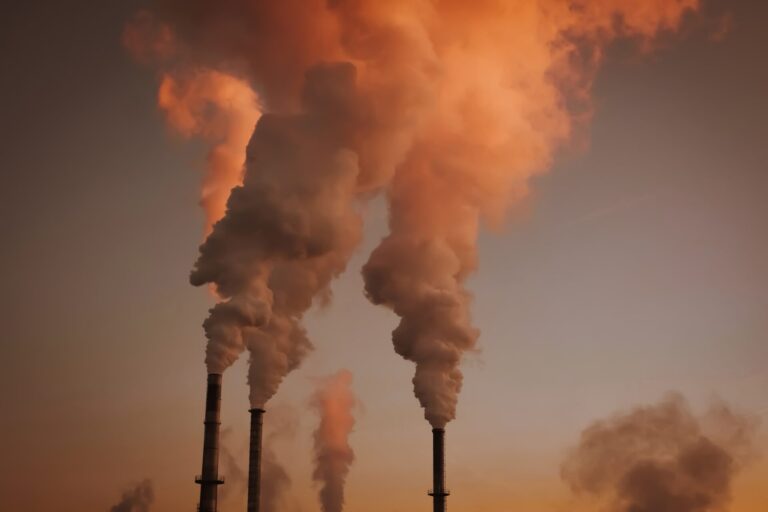Mechanical Engineering
Spreading the flame
Simulations reveal the final moments of a fuel droplet as it combusts in a spray injection engine.


When a fuel droplet (center) encounters a spreading flame, the heated side of the droplet experiences a drop in surface tension that drives internal Marangoni convection. The motion accelerates fuel evaporation, resulting in the expulsion of a jet of fuel vapor away from the spreading flame.
© 2015 KAUST
Today’s combustion engines are more efficient than ever thanks to thousands of incremental improvements to engine dynamics. Yet engineers continue to try for even the smallest efficiency gains, which can provide further significant savings for airlines and freight companies.
Jaeheon Sim, Hong Im and Suk Ho Chung from the King Abdullah University of Science and Technology (KAUST) have now developed a numerical model that describes the precise behavior of a fuel droplet as it encounters a spreading flame1. The unprecedented detail of the simulation will help engineers understand exactly what goes on in the combustion chamber and develop even more efficient engines.
In most automotive and jet engines, fuel is injected into the combustion chamber as a fine spray and then ignited. The dynamics of the flame’s spread through the droplet field is one of the key parameters of performance and efficiency. “Engineers have observed that flame spread through an array of droplets is enhanced by an effect called fuel vapor ejection as the flame approaches each droplet,” says Im. “However, it is very difficult to measure such small-scale processes inside a droplet, so our understanding of the underlying mechanism had been unclear.”
Im and his team from KAUST’s Clean Combustion Research Center turned to numerical simulations. “We developed a high-fidelity model that captures the detailed physical processes with proper mathematical formulations and computational algorithms,” Im explains.
“The specific numerical modeling technique used for fine-scale interface dynamics was crucial to capture subtle physical processes with realism.”
The model focused on the effect of rapidly increasing temperature on the distribution of surface tension around each fuel droplet (see image). As one side of the droplet heats up, the surface tension decreases, driving an internal convection flow in the droplet called the Marangoni effect. This motion accelerates evaporation, resulting in the expulsion of a jet of vaporized fuel away from the advancing flame.
“One of the main implications of the study is that the internal motion within small fuel droplets can significantly modify the fuel vapor distribution and thereby overall combustion characteristics,” says Im. “Modeling of spray combustion must properly account for this effect.”
The researchers also believe that the Marangoni effect may determine emulsion droplet heating and evaporation behavior. “Emulsion droplet combustion is of practical interest as a way to burn low-quality fuel oils efficiently and cleanly. We are currently working to investigate Marangoni convection in such emulsion systems through similar numerical simulations.”
References
- Sim, J., Im, H. G. & Chung, S. H. A computational study of droplet evaporation with fuel vapor jet ejection induced by localized heat sources. Physics of Fluids 27, 053302 (2015). | article
You might also like

Mechanical Engineering
Electrocatalytic CO2 upcycling excels under pressure

Chemical Engineering
Rethinking machine learning for frontier science

Mechanical Engineering
Falling water forms beautiful fluted films

Mechanical Engineering
Innovative strain sensor design enables extreme sensitivity

Mechanical Engineering
Turbulent flow shows surprise patterns that could help boost efficiency

Mechanical Engineering
Machine learning model identifies gas molecules

Mechanical Engineering
Making a splash: unraveling the impact of large water droplets

Mechanical Engineering



